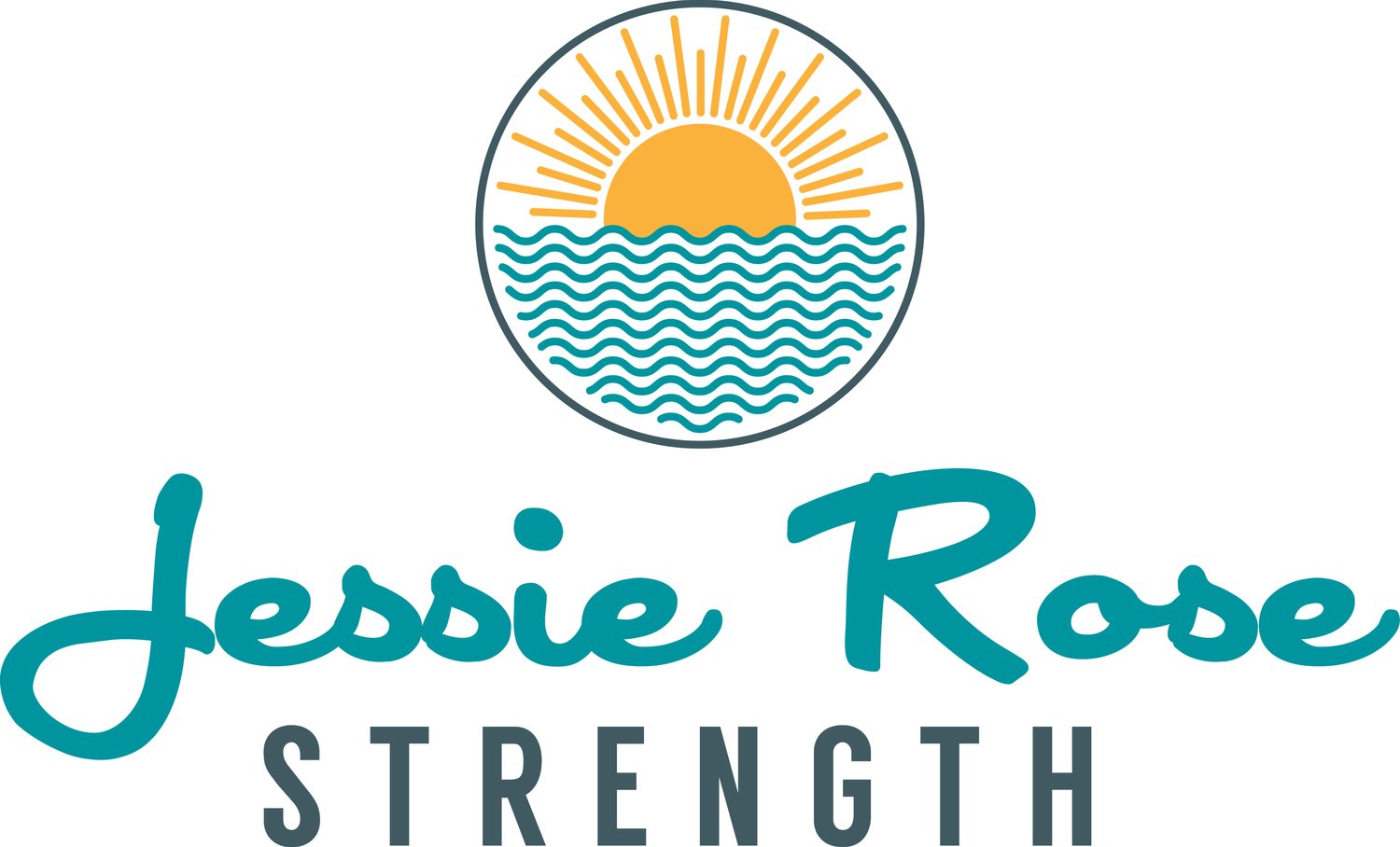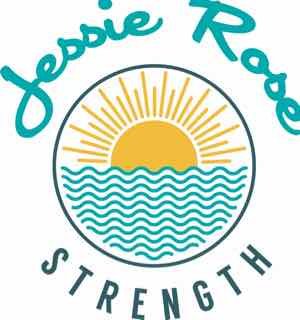How to Navigate Conflicting Information in the Health and Wellness Landscape
I have been learning as much as I can about women’s health for a while now and I am encountering what many find when they dive deep into health-related information: the landscape is confusing and often contradictory. Great job security for me, huh.
I have spent a good amount of time following Dr. Stacy Sims and her stance on women’s health. Then I recently encountered a group of health professionals speaking against her. How frustrating! Just when you think you’ve found a reliable resource, you hear / see / read that “they can’t be trusted”.
So I dug deeper. And what I found, at least in this instance, is that they are saying similar things, but each with a slightly different emphasis and tone. And I will be the first to say that tone matters in delivering a message, but in this case a lot of the created confusion has to do with the reality that these professionals are trying to position themselves in a crowded, noisy market and stand out to sell their product. Health and wellness is a huge business. It’s a business full of people who genuinely want to help others AND make a living. It’s confusing and convoluted and a lot of us are doing our best to try to simplify as much as possible to make it approachable and useful. Social media posts, blogs, and headlines in general, are also written to evoke emotional reactions. That’s good marketing.
My best advice is when you encounter conflicting messages: dig a little deeper. Are they really conflicting? Or just each trying to make a point that positions themselves as a voice of authority? Is there research cited or opinions stated? I find that if I can slow down, let the emotional reaction pass and then patiently go learn more, I often find “answers” that make sense.
If they’re still conflicting, I look for other sources. If one is drastically different from the majority of the others, I will ask why. What does that source gain from being different? The cool thing about science, is that it SHOULD be consistent and typically, as more information is gained it collectively points in a common direction. The outliers are eventually exposed as sensational and “wrong”.
Side note: I don’t do research. I read others’ interpretation of their own and others’ research. I am happy to share the sources I follow anytime, but choose to talk about things as casually as possible in the hopes of making topics simple and approachable.
One other note on the way we tend to pass information amongst ourselves, expert or not: when someone has struggled with something for a long time and then finds something that helps, they are understandably going to be very excited and want to tell everyone (myself included!). As a professional in this field, I consider it my job to also move past that excitement and recognize that just because it works for me, doesn’t mean it will work for everyone and to learn what signs indicate it MIGHT work for someone else or be worth trying. I consider it part of my job not to have a vested interested in any one method working. My mission is to connect each individual with the best methods for them, regardless of what those methods end up being. Most people in this field do not take this stance however, so it is worth keeping in mind as we consider where we source information.
In the end, it’s usually the basics that work. That can still be confusing because everyone is a little different and my basics might be slightly different than yours, but basic nonetheless. There are no quick fixes and it is not one size fits all. And if I could exercise for you, I’d probably be a gazzillionaire by now.
Good luck out there,
Jessie

